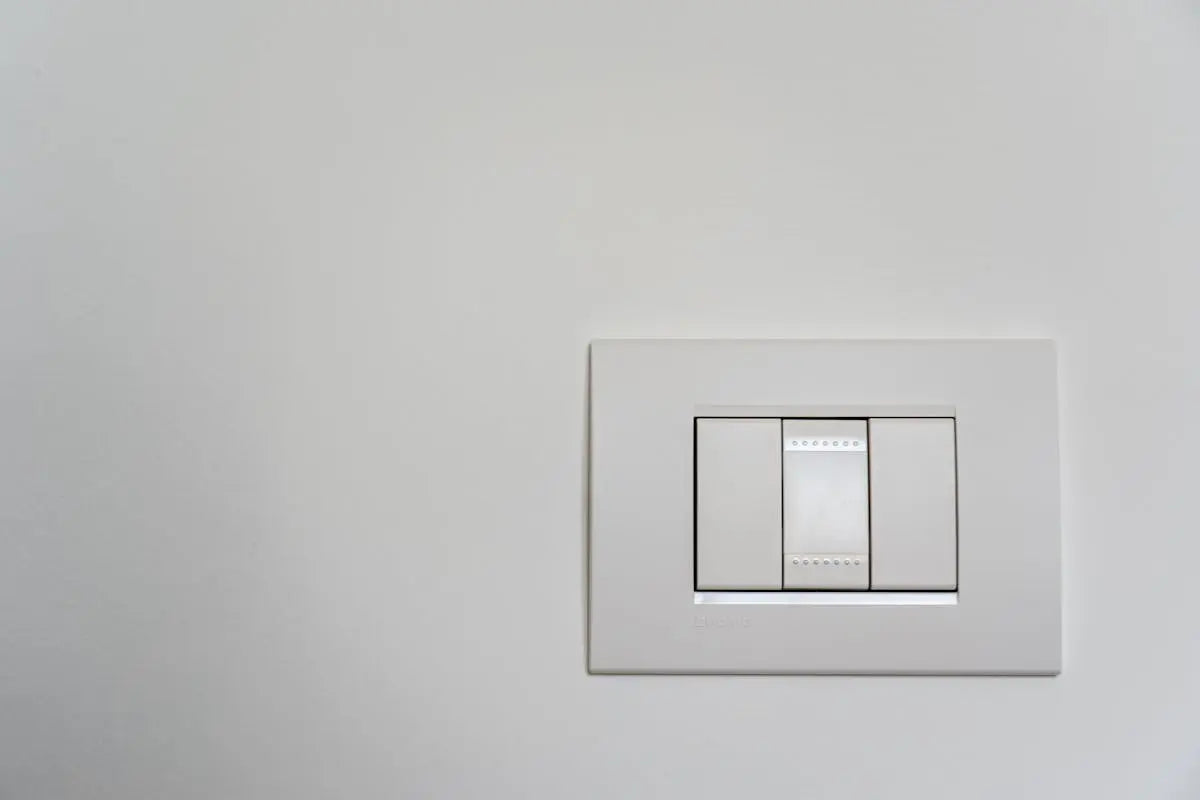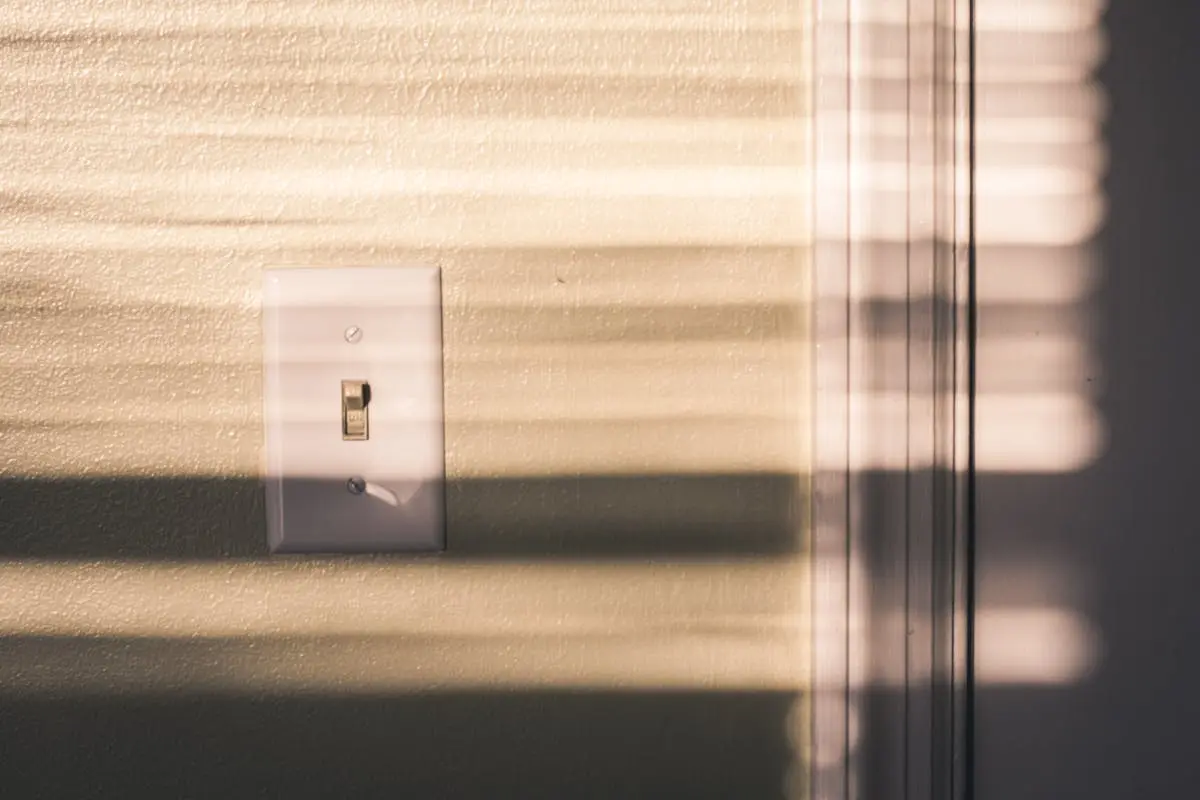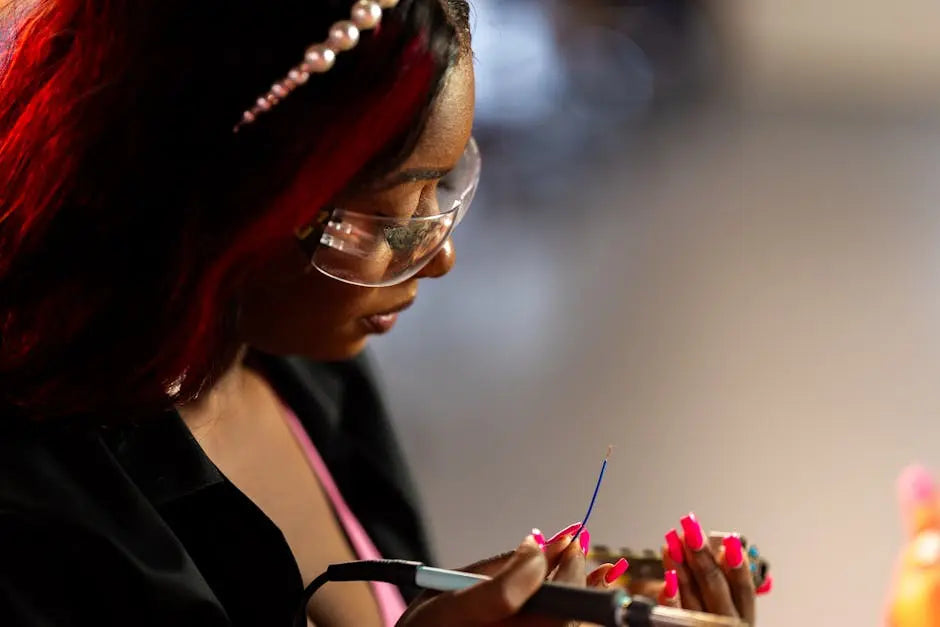DIY or Pro: Installing New Light Switches in Your Home
Introduction to Installing Light Switches: DIY vs. Professional Approach
Thinking about replacing your light switches but not sure whether to roll up your sleeves or call in the pros? You’re not alone. Replacing a light switch might seem like a straightforward task, but it requires a bit of know-how. On one hand, doing it yourself (DIY) can save you money and give you a sense of accomplishment. On the other, hiring a professional ensures the job is done safely and correctly. If you’re leaning towards DIY, you’ll need the right tools, a basic understanding of electrical work, and a lot of caution. It’s not just about swapping out one switch for another; you need to understand wiring, circuitry, and safety protocols. Mistakes can lead to electrical fires or shocks. Hiring a professional, though, means paying for their expertise, time, and peace of mind, knowing that the installation is up to code. Both paths have their merits, but the decision often boils down to your confidence in handling electrical tasks and your budget.
Understanding the Basics of Light Switches
Before you decide to tackle the job of installing a new light switch, it’s crucial to grasp the basics. Light switches are straightforward devices that control the flow of electricity to a light fixture, allowing you to turn it on or off with a simple flick. There are primarily two types: the single-pole switch, which is the most common and controls lights from one location, and the three-way switch, which lets you control a single light from two different locations. Paying attention to what kind of switch you’re dealing with is vital, as this determines the wiring process. Also, note that the switch is part of a circuit, and understanding that circuit’s flow – from power source, through the switch, to the light, then back to the source – is essential. Safety first: always turn off the power at the breaker box to avoid electric shock. With these basics in hand, you can better decide if this is a DIY project or if calling a pro is the smarter choice.
Tools and Materials Needed for DIY Light Switch Installation
Before you dive into the DIY world of light switch installation, make sure you’ve got all the tools and materials on hand. You’re going to need a screwdriver, mostly the flathead and Philips kind, to tackle those screws. A voltage tester is crucial; you don’t want to get zapped checking if the power’s off. Wire strippers come in handy to trim and prepare your wires, and wire connectors (or wire nuts) are a must to connect wires safely.
Don’t forget the new light switch itself and the wall plate to tidy everything up once you’re done. If you’re dealing with old or damaged wiring, you might need some electrical tape and possibly even new wire. Safety comes first, so grab those safety glasses and maybe even some gloves. You’re not just keeping it safe; you’re keeping it smart. Now, with your toolbox ready, you’re all set to tackle that light switch replacement like a real pro. Remember, turning off the power at the breaker is non-negotiable. Safety before style, but you’ll be styling once you get this done.
Step-by-Step Guide to Installing a New Light Switch Yourself
Legal Disclaimer: This guide is provided for general informational purposes only and should not be construed as professional advice. Electrical work can be hazardous and should only be performed by individuals who have adequate training and experience. The instructions provided here are simplified and may not cover all the necessary precautions or steps required for safe and proper installation. We strongly recommend consulting with or hiring a licensed electrician for any electrical work to ensure safety and compliance with all local codes and regulations. Failure to follow appropriate safety guidelines can result in serious injury or death. The authors and publishers of this guide disclaim any liability for any loss or damage resulting from the use of the information contained herein.
First off, power down your circuit breaker. If you’ve noticed we’ve repeated this part now several times. Safety first. Now, remove the old switch cover with a screwdriver and use your meter to check that power is off and not running through the circuit. On a switch, you do this by touching your black probe to the ground screw and your red probe to one of the screws that has a black wire attached; carefully check between the two making sure you’re getting a reading of zero (0.00V). THEN carefully pull the switch out of the box. You’ll see wires. Take note, on older analog switches (not modern smart switches), the only wires attached to the switch are two black wires(switch leg—usually top screw / always hot—usually bottom screw), and a ground wire—usually green or bare.
Loosen the screws holding the wires on the old switch in the following fashion:
- Loosen the screws holding the Switch Leg—usually top screw; Bend the black wire up out of the way
- Loosen the screws holding the Always Hot—usually bottom screw; bend the black wire down out of the way.
- The last part of removing your old switch is to Loosen the screws holding the Ground Wire—usually green or bare; bend the green or bare wire to the side and out of the way.
- In a switch box, all of your neutral white wires should be secured together with a wire nut and not attached to any of the switches unless a white wire has been unidentified. Modern switches are now using the white wire on the switch itself as well; in both these cases, we would recommend calling a professional.
- If step four doesn’t apply to you, Take your new switch, and attach the Ground Wire—usually green or bare to the green screw.
- Attach the Always Hot wire from step two to the bottom screw.
- Attach the Switch Leg wire from step one to the top screw.
- If you have any trouble during any of these steps please reach out to a professional for help, making a mistake here is easy to do and can cause a lot of trouble otherwise avoided by having a licensed electrician take care of it.
- If your wires are all connected now, Push the switch back into the box, screw it in place, and pop the cover on.
- Flip the breaker back on. Test it. Congrats—you’ve installed a new light switch. If anything feels off or the lights don’t work right, turn the power off and check your connections. Still not right? It might be time to call in a pro.
Safety Precautions for DIY Light Switch Installation
Before you dive into changing a light switch on your own, safety comes first. Always shut off the power at the circuit breaker or fuse box to prevent electric shock. Use a voltage tester on the switch to double-check that there’s no power running to it. Wear rubber-soled shoes and use insulated tools to give yourself an extra layer of protection. Make sure the area is well-lit and free from any water to avoid accidents. If you’re not 100% confident in what you’re doing, it’s better to call in a pro. A small mistake could lead to big problems, including electrical fires or getting hurt. Don’t take shortcuts. Safety is not a maybe; it’s a must.
When to Call a Professional for Light Switch Installation
Sometimes, it’s tempting to tackle home improvements on your own. Installing a new light switch might seem like a manageable task. Yet, there are times when you should definitely call in a professional. Firstly, if your home is older and hasn’t been updated in a while, the wiring might not be up to current safety standards. A professional can ensure everything’s safe and up to code. Secondly, if you find yourself looking at complicated wiring or multiple switch boxes and feeling confused, it’s a sign to call an expert. You don’t want to risk an electrical mishap. Lastly, if you’re planning to install dimmer switches or something more complex than a simple on-off switch, professional help can ensure it’s done correctly and safely. Remember, safety always comes first. It’s better to spend a bit on professional services than risk an electrical fire or injury.
Cost Comparison: DIY vs. Hiring a Professional
When it comes to installing new light switches, doing it yourself can be tempting to save some cash. If you go the DIY route, you’re mostly paying for the materials. A standard single-pole light switch costs about \(1 to \)20, depending on quality and special features like dimming. If you need new tools, that’s an extra cost, but it’s an investment for future projects. Now, hiring a professional electrician is a whole different deal. Labor costs vary, but expect to pay between \(50 to \)100 an hour, with a simple switch replacement taking about an hour. But, if wiring in your home needs updating to meet current safety standards, the job could take longer and cost more. While DIY might seem cheaper, remember a professional ensures safety and quality. Plus, they sort out any permits or inspections if needed. So, weigh these factors when deciding between DIY or hiring a pro.
Pros and Cons of DIY vs. Professional Light Switch Installation
Choosing between DIY and hiring a professional for new light switch installation? It’s a big decision. Let’s break it down. Going DIY means saving money. You won’t pay for labor, just for parts. You’ll feel proud tackling the job yourself. But, it’s not all smooth sailing. Electrical work is tricky. A wrong move can lead to a short circuit or even a fire. You’ll need tools and a good grasp of electrical systems. Now, hiring a pro costs more, yes. But you’re paying for expertise and safety; professionals get it right the first time. They follow the code in most cases, and in our case, we go above and beyond to ensure your home is safe. Think about what’s best for you. If you’re confident and skilled, maybe DIY is the way. If not, investing in a professional might be the wiser, safer choice.
Tips for Choosing the Right Light Switch for Your Home
Picking the right light switch isn’t as simple as grabbing the first one you see on the shelf. Think about what you need. Want to dim the lights for movie night? Get a dimmer switch. Got a room that always seems dark? Consider a switch with a motion sensor to automatically light up when you walk in. Remember, switches come in different styles too. Some have that classic toggle look, while others are sleek, with flat panels that touch or swipe to control. Your home’s vibe matters here. A modern home might look odd with old-school switches, and a vintage-themed space could feel weird with too futuristic controls. It all boils down to what you need and what you like. Just make sure whatever you pick fits with your home’s electrical system. Some of the newer, fancier switches need a neutral wire, and not all homes have these readily available in the switch box, especially the older ones. Also, think about color and finish. Most switches are white or beige, but there are also stainless steel, brass, or even colorful options out there. Choosing might seem tough, but focusing on function, style, compatibility, and color will help narrow it down.
Summary: Making the Right Choice for Your Light Switch Installation Needs
Deciding between DIY or hiring a pro for installing new light switches comes down to three things: safety, time, and cost. If you’re comfortable with basic wiring and follow safety protocols, DIY could save you cash. However, electrical work is risky. A mistake can lead to shorts, shocks, or even fires. Pros have the training and tools to do the job safely and quickly. While hiring a pro might cost more upfront, it saves you from potentially expensive repairs due to mistakes. Consider your skill level, the complexity of the job, and your budget before deciding. Remember, when in doubt, it’s always safer to go with a pro.











